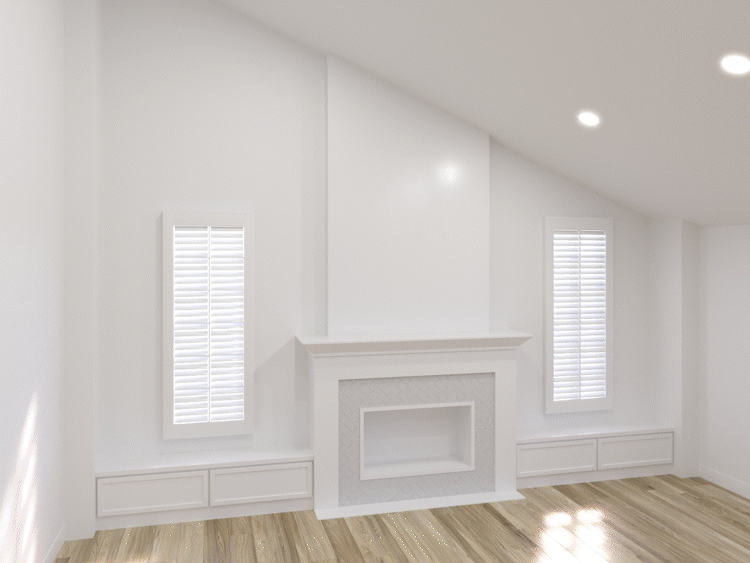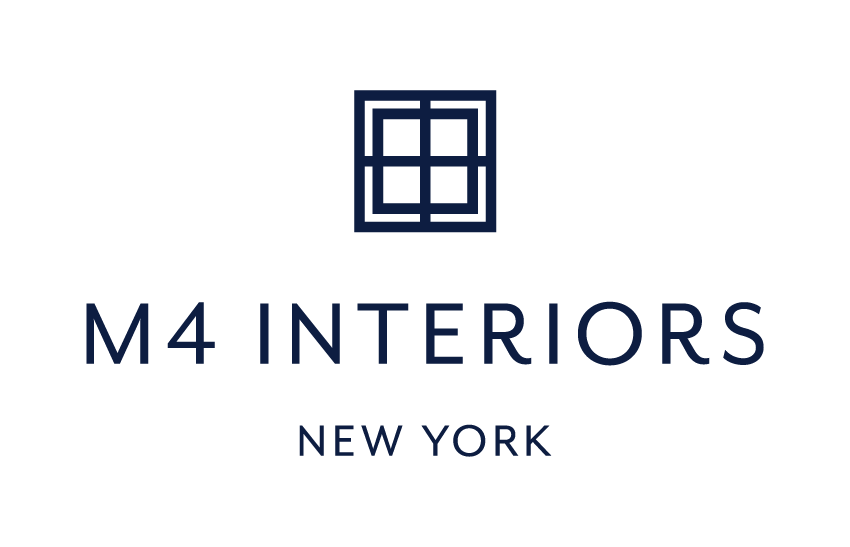Reinventing Spaces
A fresh perspective on Interior Design

Bidding Process in Interior Design
The bidding process bridges the gap between design and construction, providing clear cost insights and ensuring the selection of the right contractor to bring your vision to life. This crucial step—from contractor selection to bid evaluation and contract management—helps secure competitive pricing, high-quality results, and a well-managed project delivered on time and within budget.

Costs to Consider for an Interior Design Project
From planning and design to construction and materials, this guide provides a clear roadmap for navigating your renovation journey. Understanding the costs associated with an interior design project is key to avoiding surprises and ensuring a transparent, stress-free experience.

Residential, Commercial and Healthcare Furniture: What's The Difference?
Furniture plays a crucial role in shaping both the functionality and aesthetics of any space, but its design requirements differ greatly depending on the environment—residential, commercial, or healthcare. Each type of furniture is crafted to meet the specific needs of its setting, influencing factors like materials, durability, and cost. Whether furnishing a home, office, or healthcare facility, understanding the distinct needs of each space ensures that furniture investments are both practical and cost-effective, balancing function, safety, and style.

The Power of 3D Renderings in Interior Design
In today’s dynamic world of interior design, 3D renderings are revolutionizing the way clients like you envision their dream spaces. Whether you’re exploring options for a multi-residential project, designing a personalized home, or planning a commercial venue, 3D visualization and modeling can help you achieve just that!

Inclusive Design: Welcoming Spaces for All
At M4 Interiors, we believe in creating spaces that resonate with everyone. This goes beyond aesthetics; it's about fostering a sense of belonging and ensuring everyone can navigate and utilize an environment comfortably. Our philosophy is deeply rooted in the powerful concept of inclusive design explained in October's blog post.

The Interior Design Process
Every interior design project has a clear beginning, an envisioned end, and a series of essential steps in between. While it's natural to want to see results quickly, the project's success depends on the careful planning and execution of each intermediate phase. Each step must be completed in order, with sufficient time allotted for research, creativity, and execution. Understanding and respecting this process is crucial for transforming spaces effectively and efficiently, ensuring the project is successful and meets the desired outcomes.

Where To Find Interior Design Inspiration
Inspiration can be drawn from a wide range of experiences and interactions. Travel introduces you to new cultures, landscapes, and ideas, offering fresh perspectives. Everyday life offers countless small details and moments that can spark creativity if you pay attention to them. Additionally, talking to experts provides access to specialized knowledge and passionate insights, helping you view your own ideas in a new light.

Holistic Approach to Interior Design
Creating impactful interiors involves collaboration among diverse stakeholders, requiring clear communication and careful management. A holistic approach defines the scope of work, responsibilities, and expectations upfront. Key strategies include maintaining constant updates, using centralized document platforms, and employing visual tools to help stakeholders visualize outcomes. Successful projects rely on meticulous planning and efficient workflows from concept to completion.

The Importance of Branding
In today's competitive business landscape, branding serves as an important pillar for attracting ideal clients. By effectively communicating a business's unique identity, values, and offerings, branding distinguishes it from competitors and appeals to clients who resonate with its message. Designers can assist businesses in achieving branding in the way they want to portray themselves in the industry.

Space Layouts Psychology
Meticulously planned spaces enable intuitive space understanding and navigation for all users entering the space. Proper layouts and subtle design details foster seamless interaction and an enriched user experience. In commercial environments, well-designed spaces ensure alignment with business objectives, promoting desired behaviors for its guests.

